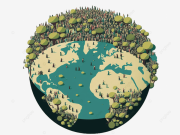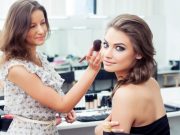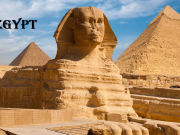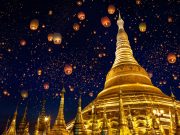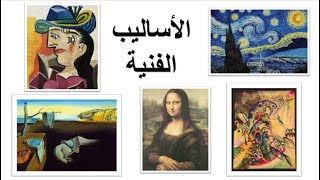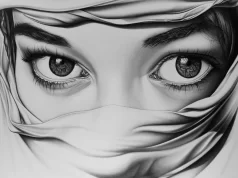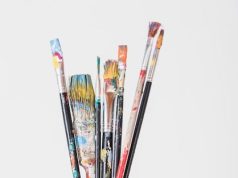Welcome to our blog, where we delve into the world of artistic techniques in painting. Join us as we explore the diverse methods and approaches used by artists to create captivating and expressive artworks. From brushwork to color theory, let’s embark on a journey through the fascinating world of artistic techniques and discover the beauty of visual expression.
Brushwork and Application:
1.1 Brush Types and Strokes:
Discussing the different types of brushes used in painting, such as flat, round, and fan brushes, and their unique qualities.
Exploring various brush strokes, including broad strokes for texture and movement, fine detailing strokes, and blending techniques.
1.2 Impasto and Texture:
Exploring impasto, a technique that involves applying thick layers of paint to create texture and three-dimensional effects.
Discussing other methods of creating texture, such as dry brushing, sgraffito, and using palette knives.
Color and Composition:
2.1 Color Theory:
Exploring the principles of color theory, including the color wheel, complementary colors, analogous colors, and color harmonies.
Discussing the use of color temperature, value, and saturation to evoke mood, depth, and visual interest in paintings.
2.2 Composition and Balance:
Discussing the importance of composition in painting, including the rule of thirds, leading lines, and focal points.
Exploring techniques for creating balanced compositions, such as symmetrical and asymmetrical arrangements, and the use of negative space.
Light and Shadow:
3.1 Chiaroscuro:
Exploring the technique of chiaroscuro, which involves strong contrasts between light and dark areas to create depth and dramatic effect.
Discussing the use of light and shadow to define form, create volume, and evoke a sense of realism in paintings.
3.2 Tenebrism and Sfumato:
Addressing tenebrism, a technique that emphasizes deep shadows and dramatic lighting, often associated with the works of Caravaggio.
Exploring sfumato, a subtle blending technique used to create soft transitions between light and shadow, famously employed by Leonardo da Vinci.
Mixed Media and Experimental Techniques:
4.1 Collage and Assemblage:
Discussing the use of collage and assemblage techniques in painting, which involve incorporating various materials and objects into the artwork.
Exploring the creative possibilities and expressive potential of mixed media approaches.
4.2 Pouring and Dripping:
Addressing the techniques of pouring and dripping paint onto the canvas, popularized by artists like Jackson Pollock.
Discussing the spontaneous and expressive nature of these techniques and their ability to create dynamic and abstract compositions.
4.3 Texturing and Alternative Tools:
Exploring alternative tools and materials used for creating texture, such as sponges, palette knives, and unconventional objects.
Discussing the use of texturing techniques to add visual interest and tactile elements to paintings.
Conclusion:
As we conclude our exploration of artistic techniques in painting, it is evident that these methods serve as powerful tools for artists to express their creativity and convey emotions. From brushwork to color theory, light and shadow to experimental approaches, each technique offers a unique way to bring artworks to life. Let’s celebrate the diverse range of artistic techniques and continue to be inspired by the beauty and power of visual expression.



